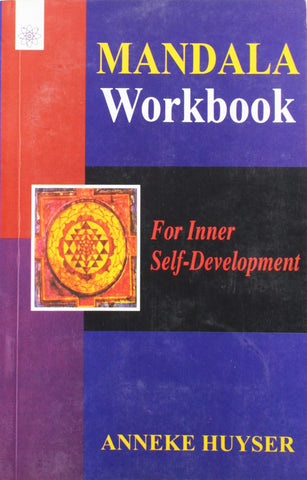Your cart is empty now.
This study is the first of its kind which presents a comprehensive survey of Buddhism in all the States of South India-Andhra Pradesh, Karnataka, Kerala, Pondicherry and Tamil Nadu. After a brief account of the life and teachings of the Buddha, the discussion moves on to the question whether the Blessed One had sanctified the soil of South India. This is followed by Asoka’s role in making Buddhism a living religion in South India. The subsequent five chapters trace the march of Buddhism in individual States. For better appreciation of the events, each chapter has been divided into five parts: royal patronage, saints and scholars, sites and shrines, the Buddhist legacy and the revival movement.
D.C. Ahir (born in Punjab in 1928) is a reputed scholar of Buddhist studies, and has made notable contribution to the history of Buddhism. He has eighteen published works on Buddhism, and Dr. Ambedkar to his credit. Some of his latest works are : Buddhism in modern India. The Pioneers of Buddhist Revival in India, Buddhism in North India, Heritage of Buddhism, Buddhist Shrines in India, Buddhism and Ambedkar, the Legacy of Dr. Ambedkar.
Introduction
In the distant past, South India primarily meant the three kingdoms of the Chera, Chola and Pandya or the region known as the Tamil land proper, which broadly comprised the present day Tamil Nadu and Kerala. In modern usage, however, South India covers the States of Andhra Pradesh, Karnataka, Kerala, Pondicherry and Tamil Nadu - the States where the I3ravidian group of languages are spoken.
Unlike other studies on the subject which primarily cover only a part of South India, this study presents a comprehensive survey of Buddhism in the whole of South India. Beginning with a brief account of the life and teachings of the Buddha, the discussion moves on to the question whether the Blessed One had sanctified the soil of South India. This is followed by the role played by Asoka in making Buddhism a living religion in South India. The subsequent five chapters trace the march of Buddhism in individual States. For better appreciation of the events, each chapter has been divided into five parts : Royal Patronage, Saints and Scholars, Sites and Shrines, the Buddhist Legacy, and the Revival Movement.
The glorious epoch of Buddhism in South India marked the efflorescence of culture in every aspect of life. The self-sacrificing Bhikkhus not only worked for their own spiritual elevation, attainment of Nirvana, but also helped and guided the vast multitude to understand and practise the sublime Dhamma based on love, compassion and equality. As a result, education became widespread, social barriers were loosened, and the Buddha Viharas became the temples of learning as well as resorts of spiritual solace for the people from all walks of life. And Buddhist art became the vehicle of cultured light dispelling the surrounding gloom.
The most important Buddhist shrines in ancient South India were : Amaravati, Nagarjunakonda, Bhattiprolu, Ghantasala and Jaggyyapetta in Andhra; Vanavasi in Karnataka; Vanji or Vanchi in Kerala; and Kanchi and Nagapattinam in Tamil Nadu. The immortal forms of art and sculpture created by the southern artists can be seen and admired in the Government Museum, Madras, and at Amaravati and Nagarjunakonda in Andhra Pradesh. The royal and public support offered to the Buddha’s religion is self-evident from the large number of inscriptions left behind by the pious Buddhists at Amaravati, Nagarjunakonda and other places. It is significant that all the Brahmi epigraphs in South India are associated with the Buddhists.
The eminent Buddhist saints and scholars produced by South India include such grand personalities as Nagarajuna, the founder of the Madhyamika philosophy; Dinnaga, the great logician; Dharmakirti, the great philosopher; Bodhidharma, the founder of the Dhyana school of Buddhism, which became Ch’an in China and Zen in Japan; and the great Pali scholars, namely, Buddhaghosha, Buddhadatta and Dhammapala, who produced remarkable commentaries on the Tipitaka.
At one time, Buddhism became so popular and exerted so potent an influence on the minds of the people that the Brahmins felt alarmed, and in order to stem its tide, they were forced to readjust their religion, manners and observances so as to bring them into conformity with popular sentiments, and requirements. Their organised attempts to oust Buddhism became successful owing to the patronage of the kings, and in due course Buddhism yielded ground to the Brahmanical religion. When that happened, most of the Buddhist shrines were appropriated and re-adopted by the Hindus. Whether it is the abode of Lord Venkatesvara (Balaji) at Tirupati in Andhra Pradesh or the famous Sabarimala temple in Kerala or the holy Kamakshi Amman temple at Kanchipuram in Tamil Nadu the story is the same every where. They were once Buddhist shrines, and even today certain Buddhist practices and traditions survive at these places. At many places in Andhra, Buddhist pillars, Ayakka Stambhas, were adopted by the Hindus to serve the purpose of the Linga. In some cases, the Hindu temples were constructed with the material taken from the Buddhist monuments by dismantling the same; the notable example in this context being the Amareshvara temple at Amaravati. Besides the shrines, much of the Buddhist culture, customs and manners were also absorbed by Hinduism. Thus, Buddhism has left a deep mark on the life and culture of South India, and this is distinctly discernible.
As in North India, so also in South India, the Buddhist revival movement began at the beginning of the 20th century but its progress has been rather slow. However, Buddhism is now showing signs of vigour and vitality particularly in Andhra Pradesh and Karnataka where Buddhist population has significantly increased in the wake of the mass movement launched by Dr. B.R. Ambedkar in 1956.
| Introduction | ||
| Maps | ||
| 1 | Life and Teachings of the Buddha | 1 |
| 2 | Buddha’s Visit to South India | 17 |
| 3 | Asoka and South India | 21 |
| 4 | Andhra Pradesh | 35 |
| 5 | Karnataka | 85 |
| 6 | Kerala | 97 |
| 7 | Pondicherry | 111 |
| 8 | Tamil Nadu | 115 |
| Appendices: | ||
| I – The Last Canto (Book XXX) of Manimekhalai | 157 | |
| II – Tirukkural and Dhammapada: A Comparative Study | 165 | |
| Select Bibliography | 183 | |
| Index | 189 |
Delivery and Shipping Policy
- INTERNATIONAL SHIPPING
- Rs.1000-1100/kg
- ESTD. Delivery Time: 2-3 weeks (depending on location)
- Bubble Wrapped with Extra Padding
- NATIONAL SHIPPING
- NCR: Rs. 30/half kg
- Standard: Rs. 80/half kg
- Express shipments also available on Request
- ESTD. Delivery Time: Ranging from 1-4 days up to 7 business days (Depending on your choice of Delivery)
- TRACKING
- All orders; national or international, will be provided with a Tracking ID to check the status of their respective orders
- Depending on the Shipping Service, Tracking ID may be used on their respective tracking portals
Frequently Asked Questions (FAQs)
Domestic Shipping: 3-4 Days (after shipping)
International Shipping: 1-2 weeks (based on your location)
You will receive an email once your order has been shipped or you can email us if you didn't receive tracking details (info@mlbd.co.in)
Every book that we sell is the latest edition except all the rare books
Yes, we do provide free shipping, only on domestic orders (within India) above Rs.1500



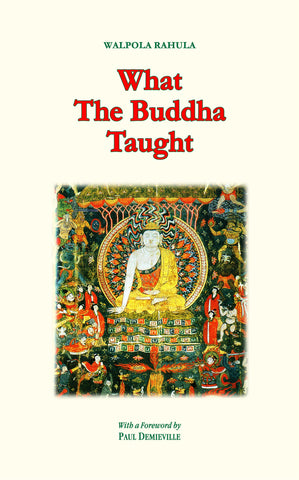
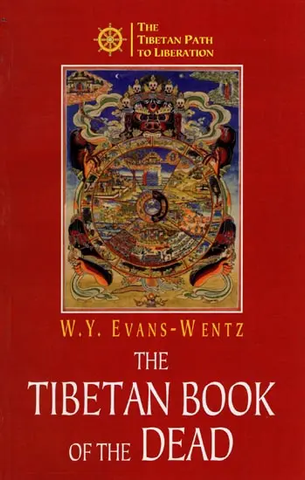
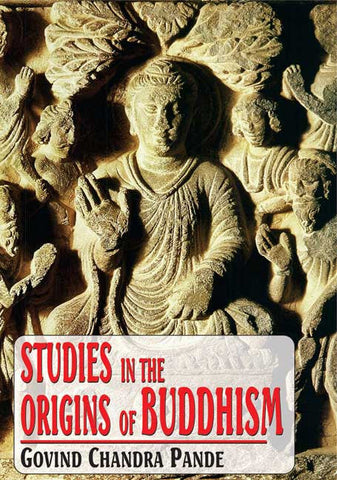
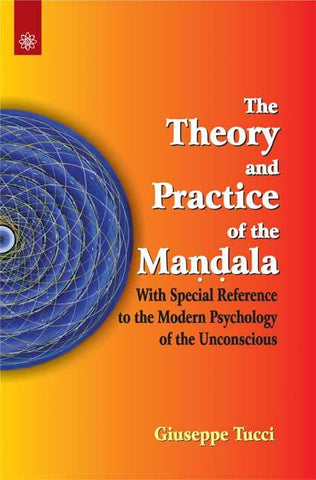
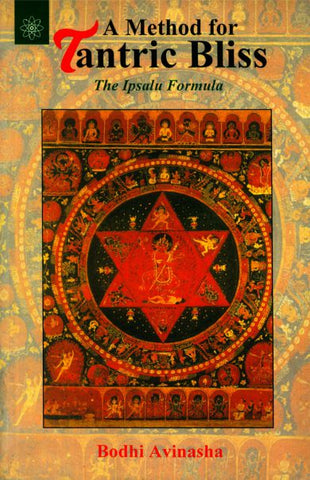
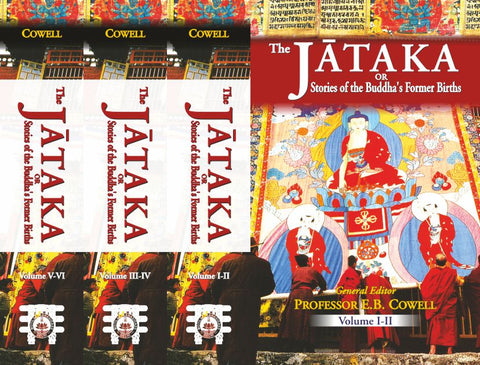
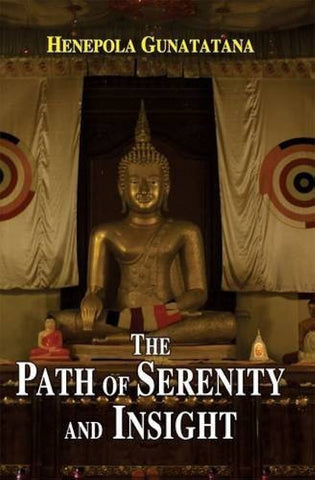
![The Rishukyo [Buddhica Britannica Vol.3]: The Sino-Japanese Tantric Prajnaparamita in 150 Verses (Amoghavajra's Version)](http://www.motilalbanarsidass.com/cdn/shop/products/RISHUKYO_large.jpg?v=1675417651)
